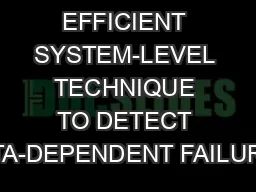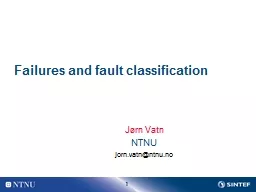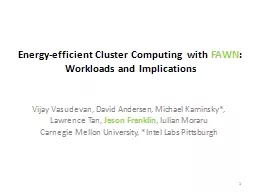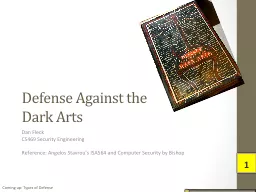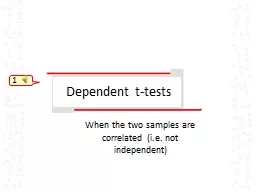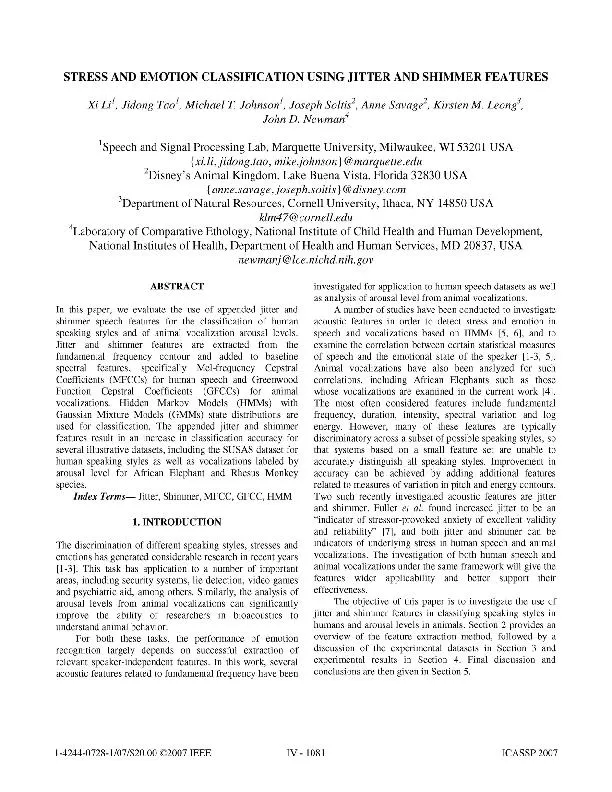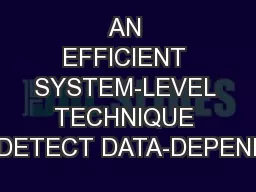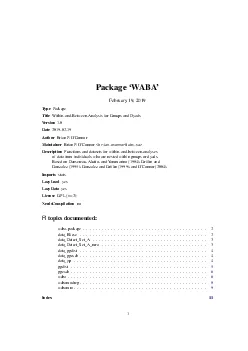PPT-AN EFFICIENT SYSTEM-LEVEL TECHNIQUE TO DETECT DATA-DEPENDENT FAILURES
Author : olivia-moreira | Published Date : 2018-09-22
IN DRAM Samira Khan Donghyuk Lee Onur Mutlu PARBOR DRAM MEMORY IN TODAYS SYSTEM Processor Memory Storage DRAM is a critical for performance 2 MAIN MEMORY CAPACITY
Presentation Embed Code
Download Presentation
Download Presentation The PPT/PDF document "AN EFFICIENT SYSTEM-LEVEL TECHNIQUE TO D..." is the property of its rightful owner. Permission is granted to download and print the materials on this website for personal, non-commercial use only, and to display it on your personal computer provided you do not modify the materials and that you retain all copyright notices contained in the materials. By downloading content from our website, you accept the terms of this agreement.
AN EFFICIENT SYSTEM-LEVEL TECHNIQUE TO DETECT DATA-DEPENDENT FAILURES: Transcript
Download Rules Of Document
"AN EFFICIENT SYSTEM-LEVEL TECHNIQUE TO DETECT DATA-DEPENDENT FAILURES"The content belongs to its owner. You may download and print it for personal use, without modification, and keep all copyright notices. By downloading, you agree to these terms.
Related Documents

